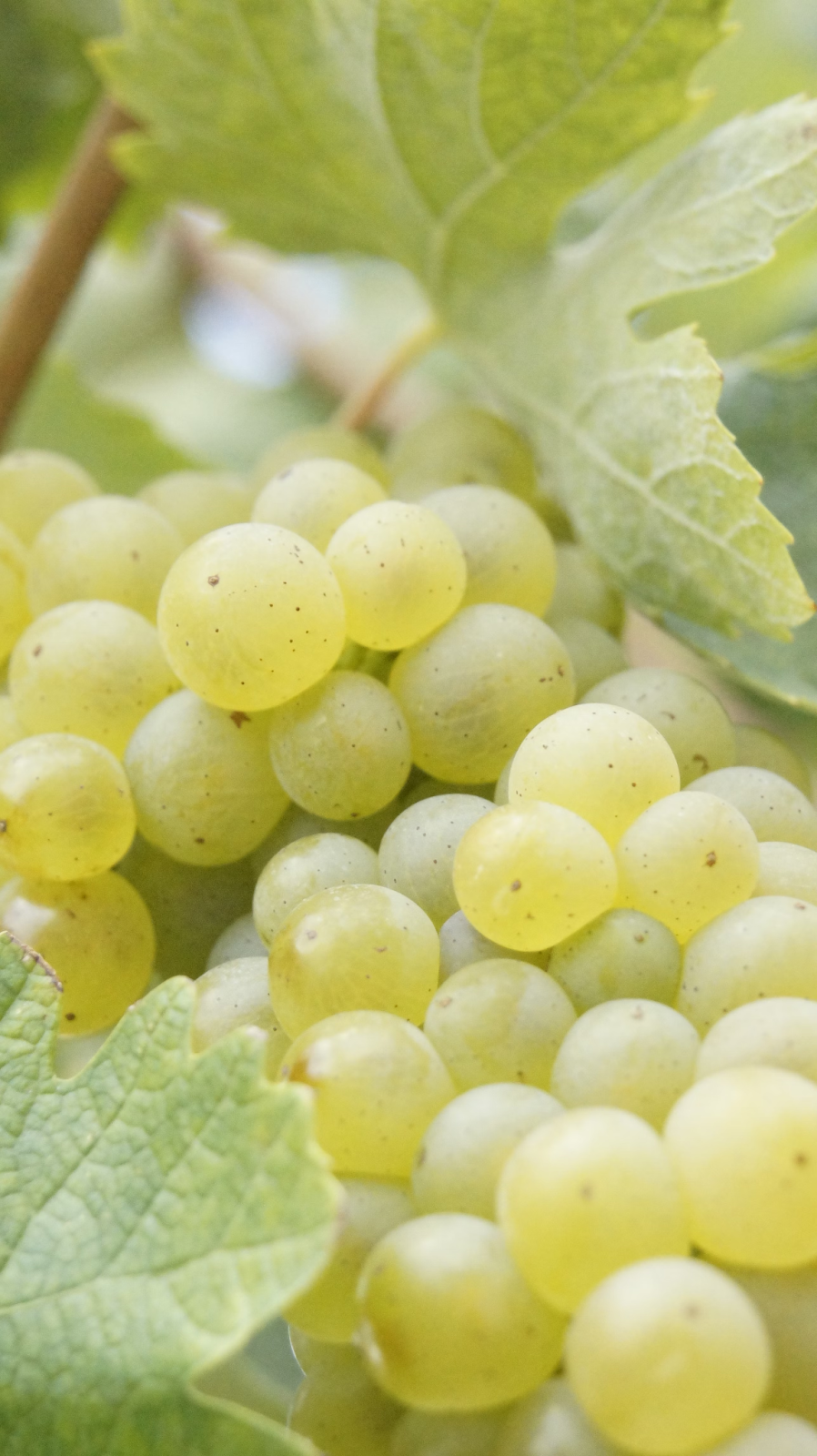
Terroir Explained: How Soil, Climate and Location Shape Your Wine
Matt CoenenHave you ever wondered why the same grape variety can taste completely different depending on where it’s grown? The secret lies in terroir, a French term that embodies the unique combination of soil, climate and geography where grapes thrive.
Terroir is more than just a winemaking buzzword — it’s the invisible hand that crafts a wine’s flavor, aroma and character. From the mineral-rich soils of France’s Burgundy region to the sun-soaked valleys of California, terroir transforms a humble grape into an extraordinary glass of wine.
In this article, we'll explore how soil, climate and location influence the wine in your glass and why terroir matters more than you might think.
What Is Terroir?
Terroir (pronounced “ter-wahr”) is a term deeply rooted in French winemaking tradition, but its impact is universal. It refers to the complete natural environment where grapes are grown, encompassing soil composition, climate patterns and geographical features. The essence of terroir lies in how these factors interact to create unique conditions that influence the taste and quality of the grapes — and ultimately, the wine.
The Three Pillars of Terroir
-
Soil: The soil beneath the vines plays a critical role in a vineyard's terroir. Different soil types — such as limestone, clay, gravel and volcanic soil — affect how vines absorb water and nutrients. For example, limestone-rich soils, like those found in France’s Champagne region, contribute to the fresh acidity and minerality of sparkling wines.
-
Climate: Whether a vineyard sits under a warm Mediterranean sun or within a cool, misty valley significantly impacts grape development. Cooler climates often result in wines with higher acidity and lighter body, while warmer regions produce bolder, fruit-forward wines.
-
Location and Geography: The physical landscape, including elevation, slope and proximity to bodies of water, shapes a vineyard’s microclimate. Coastal vineyards may benefit from cooling sea breezes, while hillside vineyards enjoy better drainage and sun exposure.
Together, these elements form a terroir's signature, offering wine drinkers a taste of the land with every sip.
How Terroir Shapes a Wine’s Flavor Profile
The magic of terroir lies in how it influences a wine’s taste, aroma and texture. When you sip a wine with pronounced minerality or a zesty acidity, you’re experiencing the story of its terroir. Here are some of the key ways terroir makes a difference:
-
Minerality from Soil: Grapes grown in stony or mineral-rich soils often produce wines with a distinct mineral quality. This is why Sauvignon Blanc from the Loire Valley can exhibit flinty, almost chalky notes — it's a direct translation of the terroir into the glass.
-
Acidity and Freshness: Cool-climate regions like Germany’s Mosel Valley slow down grape ripening, resulting in wines with bright acidity and lower alcohol levels. Riesling from this region is celebrated for its crispness and delicate floral notes.
-
Fruit Expression in Warm Climates: In contrast, warm regions like California’s Napa Valley bring out ripe, bold fruit flavors in red wines. The ample sunshine and consistent warmth lead to fuller-bodied wines with lush, juicy profiles.
Terroir Across Wine Regions: A Global Perspective
Wine regions around the world are celebrated for their unique terroirs, each offering a distinct experience in every glass. From Old World vineyards steeped in tradition to New World regions pushing the boundaries of winemaking, terroir serves as the defining element that sets wines apart.
Famous Wine Regions and Their Terroirs
-
Burgundy, France: Burgundy’s limestone-rich soils and cool climate create an ideal terroir for Chardonnay and Pinot Noir. The region's wines often express a delicate balance of minerality and bright acidity, with nuanced flavors that reflect the land's storied history.
-
Napa Valley, California: Known for its warm, sunny climate and diverse soils, Napa Valley produces bold, full-bodied wines, particularly Cabernet Sauvignon. The variation in elevation and microclimates contributes to a rich tapestry of flavors — from dark, ripe fruit to herbal and earthy undertones.
-
Marlborough, New Zealand: The coastal terroir of Marlborough, with its cool, maritime climate and well-drained, gravelly soils, creates the perfect environment for Sauvignon Blanc. The region’s wines are known for their zesty acidity, vibrant citrus, and tropical fruit notes.
The Impact of Climate Change on Terroir
As climate change reshapes global weather patterns, the very nature of terroir is under threat. Shifts in temperature, rainfall and extreme weather events are altering the characteristics of traditional wine regions, challenging winemakers to adapt.
Key Challenges to Terroir
-
Temperature Increases: Warmer climates can accelerate grape ripening, leading to higher sugar levels and, consequently, higher alcohol content. Wines from traditionally cool regions may lose their signature acidity and freshness.
-
Changing Rainfall Patterns: Unpredictable rainfall can affect vine health and fruit quality. Too much rain can dilute flavors, while drought conditions stress the vines and concentrate flavors but may reduce yields.
-
Wildfires and Smoke Taint: In regions like California, wildfires have become an increasing threat. Smoke exposure can taint grapes, giving wines undesirable smoky or ashy flavors. Winemakers, including Usual Wines, must navigate these challenges with innovative techniques to preserve wine quality.
Adapting to Change
To combat these impacts, winemakers are exploring new vineyard practices, including:
-
Planting at Higher Elevations: Cooler temperatures at higher altitudes can help maintain traditional flavor profiles despite rising global temperatures.
-
Experimenting with Drought-Resistant Varietals: As water scarcity becomes a concern, grape varieties that require less water or withstand dry conditions are gaining popularity.
-
Advanced Winemaking Techniques: Techniques such as selective harvesting, canopy management and precise irrigation help balance the effects of a changing terroir.
At Usual Wines, we remain committed to sustainability and innovation, ensuring that their wines continue to express the unique California terroirs while adapting to the evolving climate landscape.
Usual Wines: Celebrating California’s Terroirs
California’s diverse landscape offers a wealth of distinct terroirs, each contributing to the state’s reputation as a world-class wine producer. From coastal vineyards to inland valleys, California’s terroirs provide winemakers with a broad palette of flavors and characteristics to explore.
At Usual Wines, our philosophy is simple: great wines start with exceptional terroir. By sourcing grapes from carefully selected California regions, we create small-batch wines that highlight the best of what the Golden State has to offer.
Explore our wines and get them delivered to your doorstep today.
Frequently Asked Questions
1. What does terroir mean in wine?
Terroir refers to the natural environment in which grapes are grown, including soil, climate and geography, influencing a wine’s flavor and character.
2. Can terroir really affect the taste of wine?
Absolutely! Wines from different regions can have distinct flavors even if made from the same grape variety, thanks to unique terroirs.
3. How does climate change impact terroir?
Climate change can alter temperature, rainfall and seasonal patterns, potentially changing the characteristics of wines from traditional regions.
4. What makes Usual Wines’ approach to terroir special?
Usual Wines sources grapes from unique California terroirs, creating small-batch wines that showcase the distinct flavors of the region.








